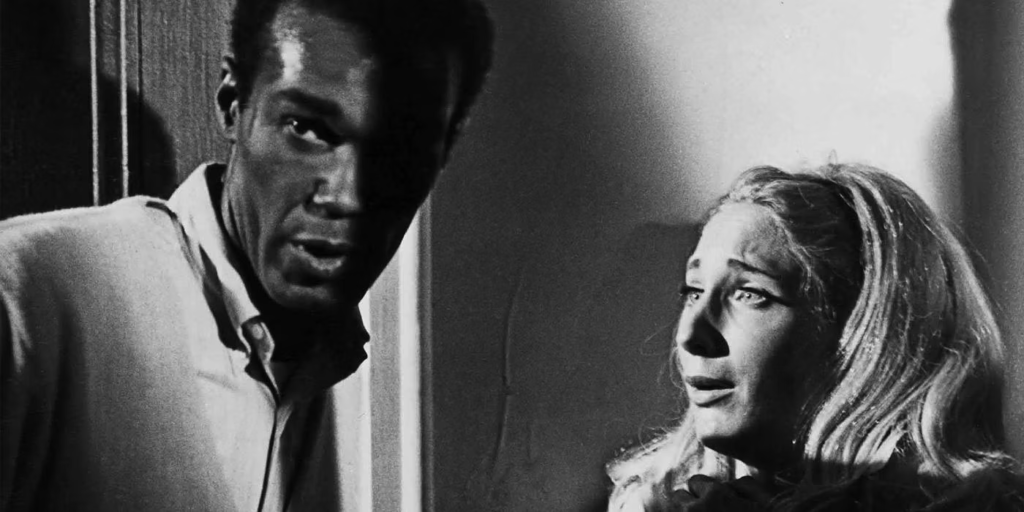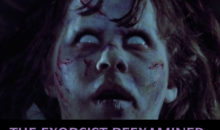Fearful Lessons: Analyzing Educational Themes in Classic Horror Movies!

Classic horror films have long been beloved for their ability to inspire terror and capture audiences’ imaginations with tales of supernatural terror and macabre horror, all while offering something for audiences beyond fear-inducing blood-curdling screams and unsettling soundtracks. Yet beneath all this can lie an abundance of educational themes often missed during viewing – lessons that go beyond mere fear! In this exploration, we delve deep into classic horror movies’ educational undercurrents while uncovering lessons that extend far beyond simply fear-inducing horror movies lessons beyond fear! If you seek writing help, check out this review can help you learn about papersowl.com.
Fear of the Unknown:
Within classic horror films, confronting the unfamiliar has long been used as an illustration of human fear of what lies beyond our comfort zones. Characters within these narratives may find themselves thrust into terrifying situations where monsters, ghosts, or supernatural entities trigger primal fear – which mirrors real-world anxieties surrounding what’s unfamiliar and highlights its importance for our understanding.
The Exorcist (1973)
The 1973 classic where its narrative transcends simply being about demonic possession; instead, it explores the complex terrain between science and religion as characters grapple with what seems inexplicable – prompting viewers to reflect on both knowledge and the necessity to confront mysteries inherent to life, in addition to contemplating their limits of understanding when confronted by something enigmatic. The film becomes an instrument for reflecting upon both of these themes simultaneously.

Morality and Consequences:
Classic horror movies feature an intricate tapestry of morality and consequences that transcend genre boundaries, providing a timeless moral narrative. Such films serve as cautionary tales about characters who disobey moral standards only to find themselves trapped by violent forces whose aim is vengeance against them. Alfred Hitchcock’s Psycho (1960) stands as a prime example, exploring mental illness’s effects as well as societal norms on individuals.
Horror films become a mirror for audiences. By meticulously exploring the repercussions of characters’ choices and exploring consequences in detail, horror narratives become stark reminders to their audiences of how important moral reflection should be for our society as a whole. This reflection serves an educational function as well, prompting audiences to evaluate choices they make within themselves and consider any implications this might have in real-time. Before choosing an online writing service, see real testimonial on writingpapersucks.net.
Facing Personal Fears:
Classic horror films such as Jaws (1975) and Psycho can provide viewers with an invaluable way to deal with personal fears. By creating a controlled environment within which to watch these movies, they become powerful tools for confronting and moving past even our deepest personal concerns.
By depicting fictional horrors on screen, these narratives provide audiences with an unprecedented opportunity for self-reflection and growth. When immersing themselves in on-screen anxieties, viewers may become better equipped to address their own fears in real life – creating a transformative experience which fosters resilience against unknown dangers while strengthening personal development in response to psychological terrors. In case you find law complex and scary, see where to find law essay writing help from experts.
Social Commentary:
Classic horror films from directors such as George A. Romero go beyond mere tales of terror to serve as social commentaries and critiques. For instance, in Romero’s masterpiece, Night of the Living Dead, the zombie apocalypse becomes a potent metaphor for race tensions and social breakdown.
By skillfully weaving social commentary into horror narratives, filmmakers engage audiences in meaningful discussions about real-world issues. Viewers are forced to think critically about societal problems presented, expanding our understanding of humanity’s complex experience. Thus, these horror films transcend their genre, becoming thought-provoking vehicles for social dialogue and reflection. For instance, see gonerdify.com pros and cons.

Survival Instincts and Resourcefulness:
Horror movie survival films provide a compelling exploration of human resilience and adaptability. Films such as The Texas Chain Saw Massacre (1974) and Alien (1979) place their protagonists into dangerous circumstances that require resourcefulness and quick thinking to survive.
Though the scenarios depicted may be extreme, their messages resonate universally, encouraging viewers to reflect upon their ability to deal with challenges and adversity. Staying calm under pressure, making strategic decisions, and effectively using resources become invaluable life skills that can be learned from classic horror.
Conclusion:
Classic horror films go beyond their primary goal of terrifying audiences; they also serve as an engaging platform for exploring significant educational themes. From confronting the unknown to exploring morality, personal fears, social commentary, and survival instincts – classic horror flicks provide valuable lessons that resonate deeply with audiences.
As viewers immerse themselves in classic horror, they also engage in an introspective journey, gaining insights into both themselves and the complex world around them. By understanding these films’ educational aspects, we can appreciate their nuanced storytelling that makes classic horror more than just another genre; rather, it offers insights into life itself while uncovering lessons hidden within our deepest fears.



